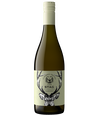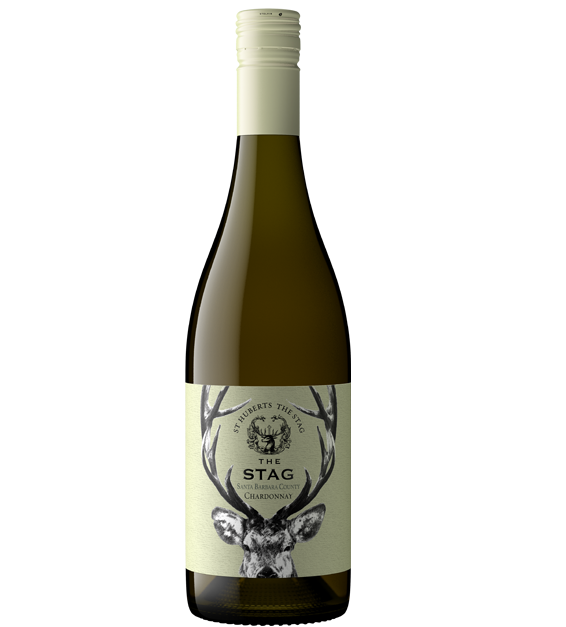St Huberts
2021 St Huberts The Stag Chardonnay
Tasting Notes
This Chardonnay is bright with aromas of ripe peach, citrus blossom, and lemon crème. The palate is clean with tangy acidity and fresh pineapple, honeydew, and lemon zest flavors supported by hints of vanilla and almond on the mid-palate. Secondary notes of white pepper, brioche, and toasty oak soften the fruit, while subtle hints of cardamom and allspice lead to a round and creamy finish.
Technical Information
| Varietal | Chardonnay |
|---|---|
| Vintage | 2021 |
| Volume | 750mL |
| Appellation | Santa Barbara |
| Alcohol % | 14.4% |
Winemaking
Using a modern approach to winemaking, this Santa Barbara Chardonnay was crafted with very minimal intervention in order to reflect the unique terroir of Santa Barbara County. Oak fermentation, sur lie aging (on the lees) along with French oak and partial malolactic fermentation allowed for a layered and balanced expression of this vineyard-driven Chardonnay.
Vintage
The 2021 season in Santa Barbara County was generally moderate with harvest beginning in late August, about a week or two earlier than previous vintages. The continuing drought conditions produced berries that were smaller and more concentrated than in previous years, which helped to produce the perfect fruit for winemaking. The yield was slightly lower as well, but flavors were bright and bold, with strong color and vibrant acidity. 2021 will be remembered as another stellar vintage for Santa Barbara County.
Vineyard
Santa Barbara County’s long growing season and coastal climate make it the perfect place to
grow balanced and concentrated Chardonnay fruit. The southerly location of inland valley
vineyards offers generous sunshine to ripen grapes, while the direct influence of the Pacific
Ocean moderates the heat.
Most of the fruit used to make St. Huberts The Stag Chardonnay came from Cat Canyon
Vineyard. It has sloping hills and well-draining, sandy loam soils located at a higher
elevation
and deeper into the canyon than other Los Alamos vineyards. The remainder of the grapes were harvested from North Canyon Vineyard, on the eastern boundary of the Santa Maria
Valley AVA

